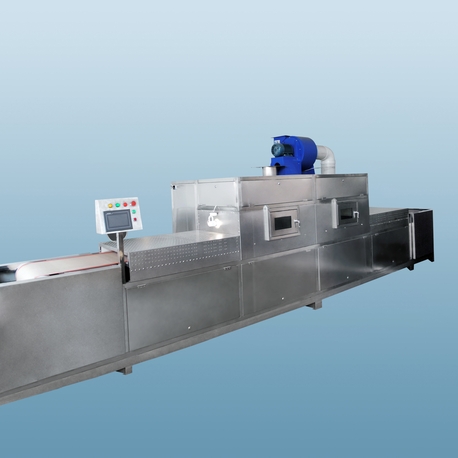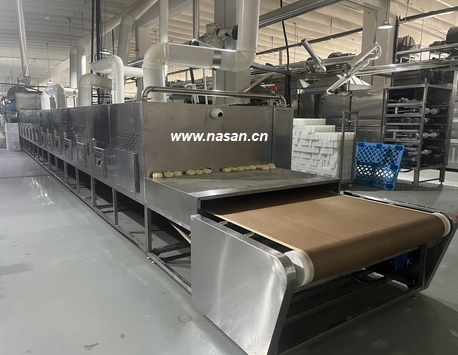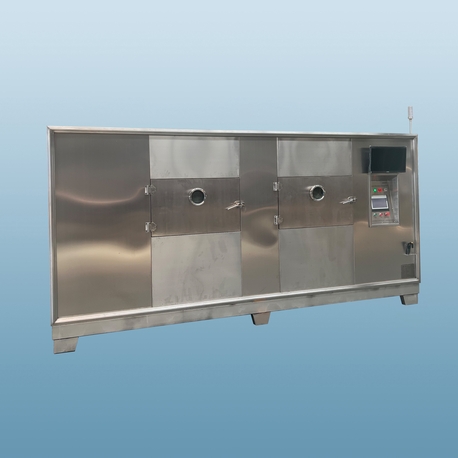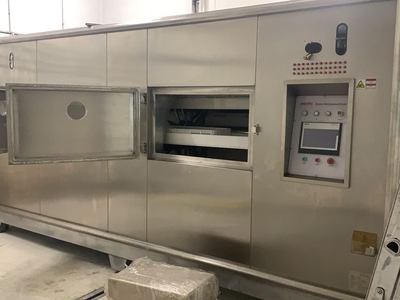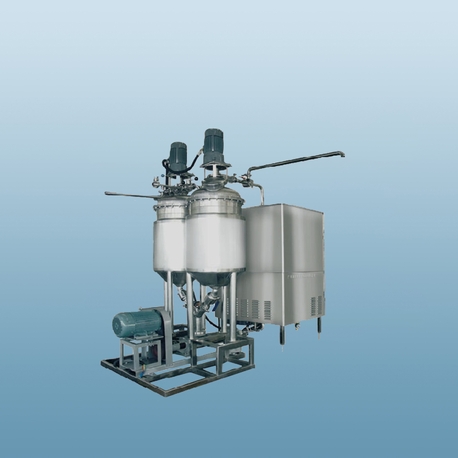When it comes to industrial and commercial drying processes, the vacuum oven stands out as a versatile and efficient tool. Unlike conventional ovens, a vacuum oven operates under reduced pressure, which lowers the boiling point of liquids and enables gentle drying of sensitive materials. This technology is crucial in industries where precision, contamination control, and material integrity are paramount. From pharmaceuticals to electronics manufacturing, vacuum ovens play a pivotal role in ensuring product quality and process efficiency. In this article, we’ll delve into the core aspects of vacuum oven technology, explore its diverse applications, and provide practical guidance for selecting the right equipment. Whether you’re upgrading your facility or entering the world of industrial drying, understanding these key points will help you make informed decisions.
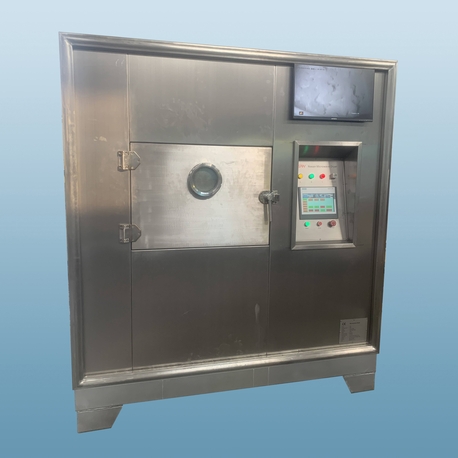
What Is a Vacuum Oven and How Does It Work?
A vacuum oven is a specialized drying apparatus that removes moisture or solvents from materials by creating a low-pressure environment inside the chamber. This is achieved through a vacuum pump, which evacuates air and reduces pressure, often to levels as low as 0.1 mbar or lower. By lowering the pressure, the boiling point of water or other liquids decreases significantly, allowing drying to occur at lower temperatures. This process minimizes thermal degradation, making it ideal for heat-sensitive substances. The basic components of a vacuum oven include a sealed chamber, heating elements, a vacuum system, and controls for temperature and pressure regulation. Industrial vacuum ovens are designed to handle heavy-duty cycles, with features like corrosion-resistant interiors and programmable logic controllers (PLCs) for automation. Compared to standard ovens, vacuum ovens offer superior control over drying conditions, reducing the risk of oxidation or chemical reactions that could compromise material properties.
Key Advantages of Using Vacuum Ovens in Industrial Settings
The primary benefit of a vacuum oven lies in its ability to preserve material integrity while accelerating drying times. In industries like aerospace or composite manufacturing, where components must remain free of moisture-induced defects, vacuum ovens ensure uniform drying without causing stress cracks or warping. Another advantage is energy efficiency; since drying occurs at lower temperatures, energy consumption is often reduced compared to high-heat methods. Additionally, vacuum ovens enhance safety by containing volatile organic compounds (VOCs) within the sealed environment, which is critical in chemical processing or pharmaceutical labs. The versatility of vacuum oven systems allows them to handle a wide range of materials, from porous ceramics to biological samples, without contamination. This makes vacuum ovens a cost-effective solution for businesses aiming to improve product consistency and reduce waste. By integrating a vacuum oven into your operations, you can achieve higher throughput and better compliance with industry standards, such as those in food processing or electronics assembly.
Common Applications of Vacuum Ovens Across Industries
Vacuum ovens are employed in numerous sectors due to their adaptability and precision. In the pharmaceutical industry, for instance, they are used for drying active pharmaceutical ingredients (APIs) and sterilizing equipment, where moisture control is essential to maintain potency and shelf life. The electronics industry relies on vacuum ovens for removing moisture from circuit boards and semiconductor components, preventing short circuits during assembly. In food processing, vacuum ovens help in dehydrating fruits, spices, and herbs without losing nutritional value or flavor, aligning with demands for natural preservation methods. The aerospace and automotive sectors use vacuum ovens for curing composites and carbon fiber parts, ensuring lightweight materials meet stringent durability standards. Moreover, in research and development, vacuum ovens facilitate experiments involving sensitive polymers or chemicals that require controlled atmospheres. Each application highlights the importance of selecting a vacuum oven tailored to specific material requirements, such as temperature range and vacuum level, to optimize outcomes.
How to Choose the Right Vacuum Oven for Your Needs
Selecting an appropriate vacuum oven involves evaluating several factors to match your operational demands. First, consider the chamber size and configuration; for high-volume production, a larger vacuum oven with multiple shelves might be necessary, while R&D labs may prefer compact models. Temperature and vacuum capabilities are critical—ensure the oven can achieve the required low pressures (e.g., down to 1 mbar or less) and temperature ranges (typically from ambient to 300°C or higher) for your materials. The construction materials, such as stainless steel for corrosion resistance, impact longevity and hygiene, especially in regulated industries like healthcare. Look for features like digital controls, data logging, and safety interlocks to enhance usability and compliance. Energy efficiency should also be assessed; modern vacuum ovens with insulated chambers and efficient vacuum pumps can lower operational costs. Finally, consider maintenance requirements and supplier support—opting for a vacuum oven from a reputable manufacturer with available spare parts and service can prevent downtime. By addressing these aspects, you can invest in a vacuum oven that boosts productivity and reliability.
Maintenance and Safety Best Practices for Vacuum Ovens
Proper maintenance of a vacuum oven is essential for sustained performance and safety. Regularly inspect the vacuum pump and seals for wear, as leaks can compromise efficiency and lead to inconsistent drying. Cleaning the chamber after each use prevents cross-contamination, particularly in industries like food or pharmaceuticals where hygiene is paramount. Calibrate temperature and pressure sensors periodically to ensure accuracy, and follow the manufacturer’s guidelines for lubricating moving parts. Safety-wise, always operate the vacuum oven within its specified limits to avoid overheating or implosion risks. Use personal protective equipment (PPE) when handling hot materials, and implement lockout-tagout procedures during maintenance to prevent accidental startups. Training staff on emergency protocols, such as venting the chamber safely, further reduces hazards. By adhering to these practices, you can extend the lifespan of your vacuum oven and maintain a safe working environment.

Future Trends in Vacuum Oven Technology
The evolution of vacuum oven technology is driven by demands for smarter, more sustainable industrial solutions. Innovations like IoT-enabled sensors allow real-time monitoring of drying parameters, enabling predictive maintenance and reducing unplanned downtime. Energy-efficient designs, such as heat recovery systems, are gaining traction to minimize carbon footprints in compliance with global environmental standards. Additionally, advancements in materials science are leading to more durable vacuum oven components that resist extreme conditions, expanding applications in emerging fields like battery manufacturing or nanotechnology. As industries embrace automation, integrated vacuum ovens with AI-based control systems are becoming commonplace, offering optimized drying cycles based on material analytics. Staying updated on these trends can help businesses leverage vacuum ovens for competitive advantage, ensuring they remain at the forefront of industrial drying technology.
Frequently Asked Questions About Vacuum Ovens
Q1: What is the primary difference between a vacuum oven and a conventional oven?
A1: The main difference lies in the operating environment. A vacuum oven uses reduced pressure to lower the boiling point of liquids, enabling drying at lower temperatures, which protects heat-sensitive materials. In contrast, a conventional oven relies on higher temperatures and atmospheric pressure, which can cause degradation or oxidation in delicate substances.
Q2: How do I determine the right vacuum level for my application?
A2: The appropriate vacuum level depends on the material's properties and drying requirements. For instance, highly volatile solvents may need deeper vacuum (e.g., below 0.1 mbar), while general dehydration might suffice at 1-10 mbar. Consult material safety data sheets or conduct trials to identify optimal settings, and ensure your vacuum oven can achieve the necessary pressure range.
Q3: Can vacuum ovens be used for sterilizing equipment?
A3: Yes, vacuum ovens are effective for sterilization in industries like pharmaceuticals and healthcare. The combination of heat and vacuum removes moisture and kills microorganisms without residual contaminants. However, it's crucial to validate the process against relevant standards, such as those for autoclaving, to ensure efficacy.
Q4: What maintenance tasks are essential for a vacuum oven?
A4: Key maintenance includes regularly checking and replacing vacuum pump oil, inspecting door seals for leaks, cleaning the chamber to prevent buildup, and calibrating controls. Scheduled servicing by qualified technicians helps maintain performance and avoid costly repairs, especially in high-use industrial settings.
Q5: Are vacuum ovens energy-efficient compared to other drying methods?
A5: Generally, vacuum ovens are more energy-efficient for specific applications because they operate at lower temperatures, reducing heat input. However, efficiency varies based on design—look for models with insulation, efficient vacuum pumps, and programmable cycles to minimize energy consumption. In many cases, the reduced drying time and material savings offset initial energy costs.
In summary, vacuum ovens are indispensable in modern industrial drying, offering precision, safety, and versatility. By understanding their applications, benefits, and selection criteria, you can harness their full potential to enhance your operations. If you're considering integrating a vacuum oven into your workflow, focus on tailored features and ongoing maintenance to achieve long-term success.




